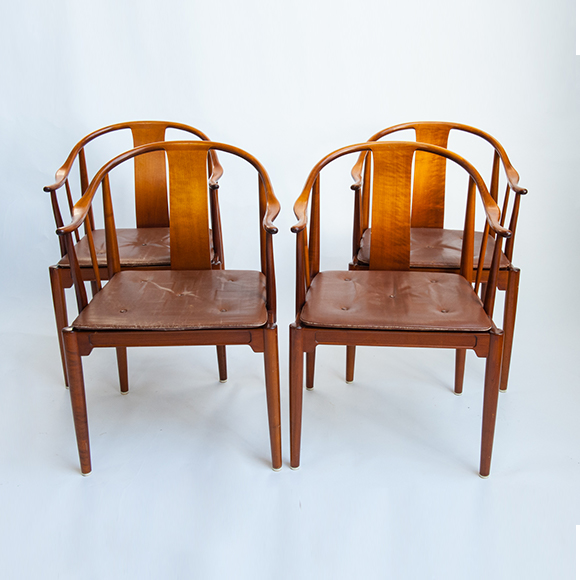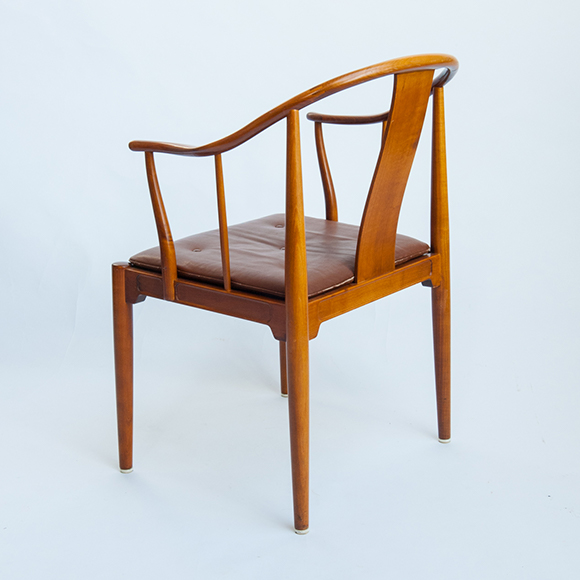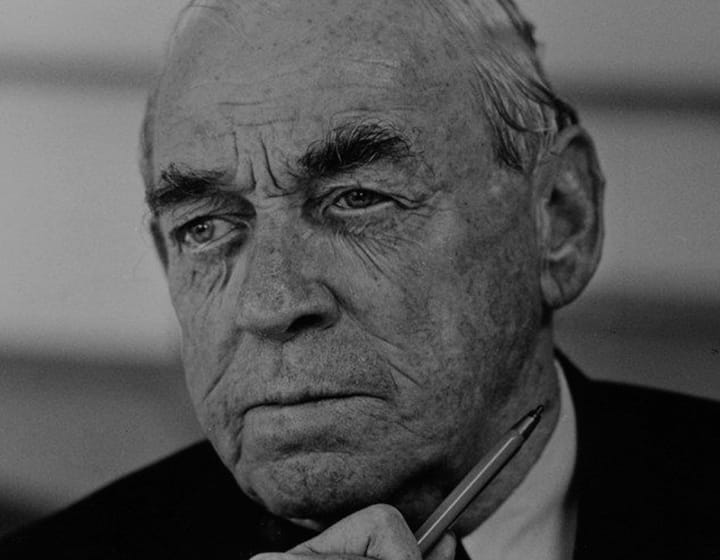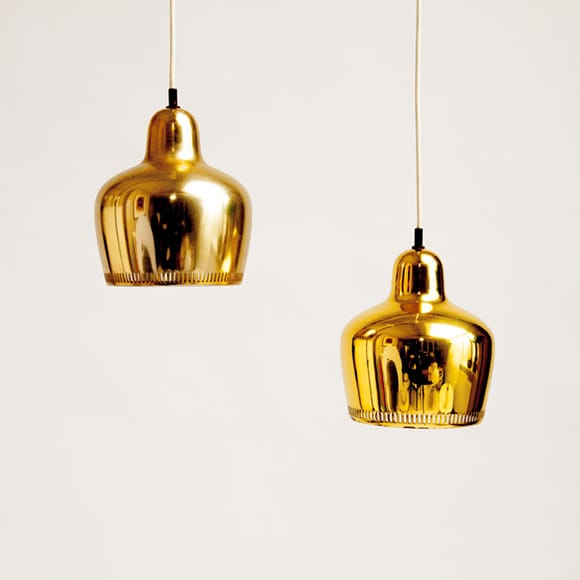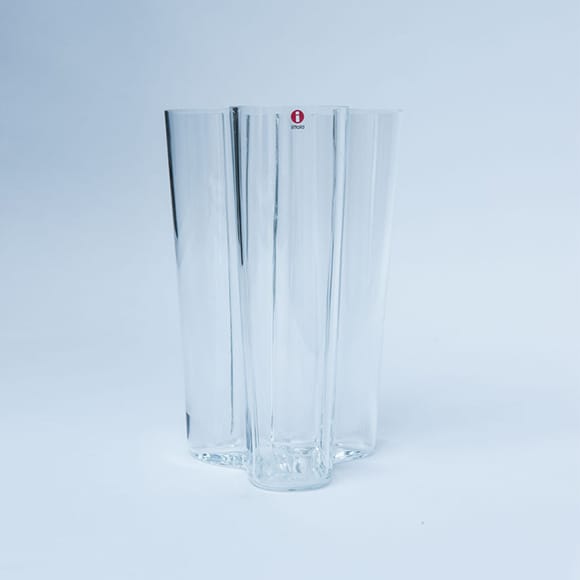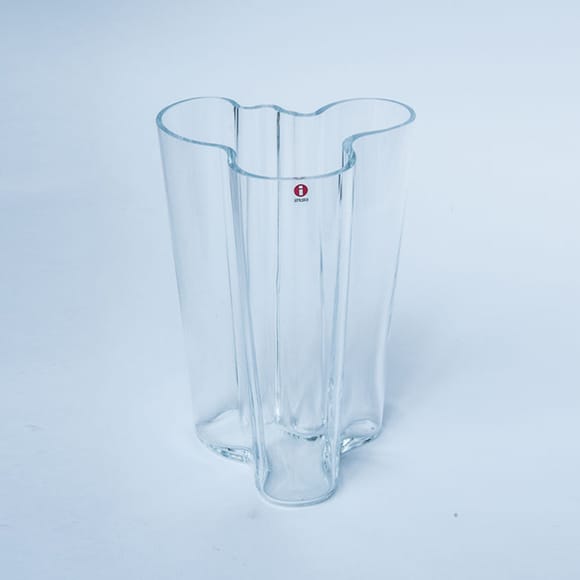Alvar Aalto was born in Kuortane, Finland in 1898. He enrolled at the Helsinki Institute of Technology in 1916 and, although his studies were disrupted by the Finnish Civil War, he graduated with a degree in architecture in 1921. In 1923, he established an architectural studio in Jyväskylä, Finland. What is typical for his entire career is a concern for design as a Gesamtkunstwerk, a total work of art; whereby he – together with his first wife Aino Aalto – would design not just the building, but give special treatments to the interior surfaces and design furniture, lamps, and furnishings and glassware.
Aalto established an experimental plywood workshop in Turku, were he worked with bent wood and glue. He used this new technique for his world famous furniture in the project of the Paimio Sanatorium from 1932, driven by the idea that the building itself could contribute to the healing process. In 1935, Aalto founded the furniture design company Artek, were he continued to develop his laminated wood furniture, some of which are still being produced today. In the same year he patented a cantilevered chair support made of wood. This became the basis of his trademark chair designs.
Alvar Aalto was born in Kuortane, Finland in 1898. He enrolled at the Helsinki Institute of Technology in 1916 and, although his studies were disrupted by the Finnish Civil War, he graduated with a degree in architecture in 1921. In 1923, he established an architectural studio in Jyväskylä, Finland. What is typical for his entire career is a concern for design as a Gesamtkunstwerk, a total work of art; whereby he – together with his first wife Aino Aalto – would design not just the building, but give special treatments to the interior surfaces and design furniture, lamps, and furnishings and glassware.
Aalto established an experimental plywood workshop in Turku, were he worked with bent wood and glue. He used this new technique for his world famous furniture in the project of the Paimio Sanatorium from 1932, driven by the idea that the building itself could contribute to the healing process. In 1935, Aalto founded the furniture design company Artek, were he continued to develop his laminated wood furniture, some of which are still being produced today. In the same year he patented a cantilevered chair support made of wood. This became the basis of his trademark chair designs.
Aalto’s designs for his building projects and major exhibitions were the creative platform for him to develop his pioneering classics. In 1937, Aalto designed the Finnish Pavilion at the International Expo of Arts and Technology in Modern Life in Paris. Its success led to a solo exhibition at the Museum of Modern Art in New York the following year. In 1939, he designed the Finnish Pavilion at the World’s Fair in New York.

